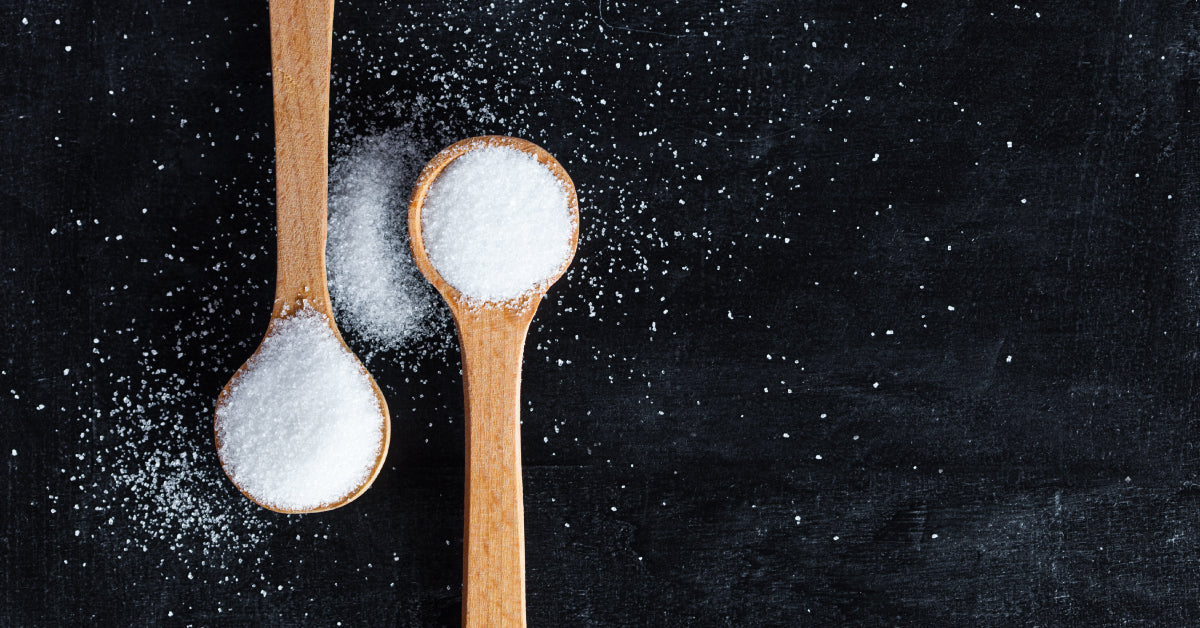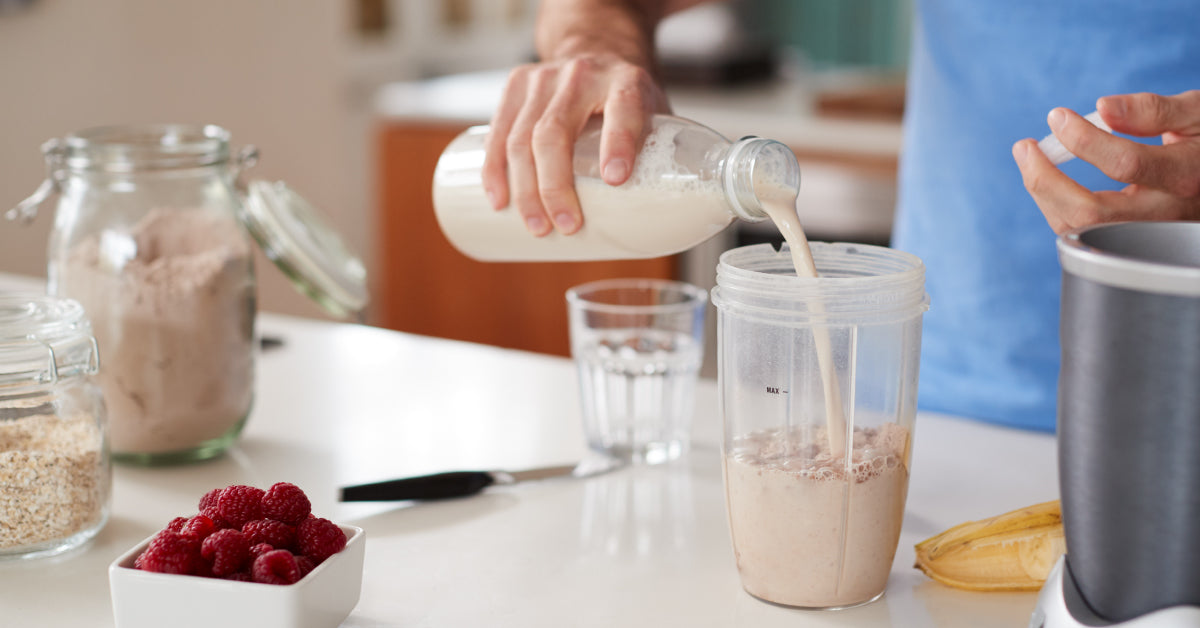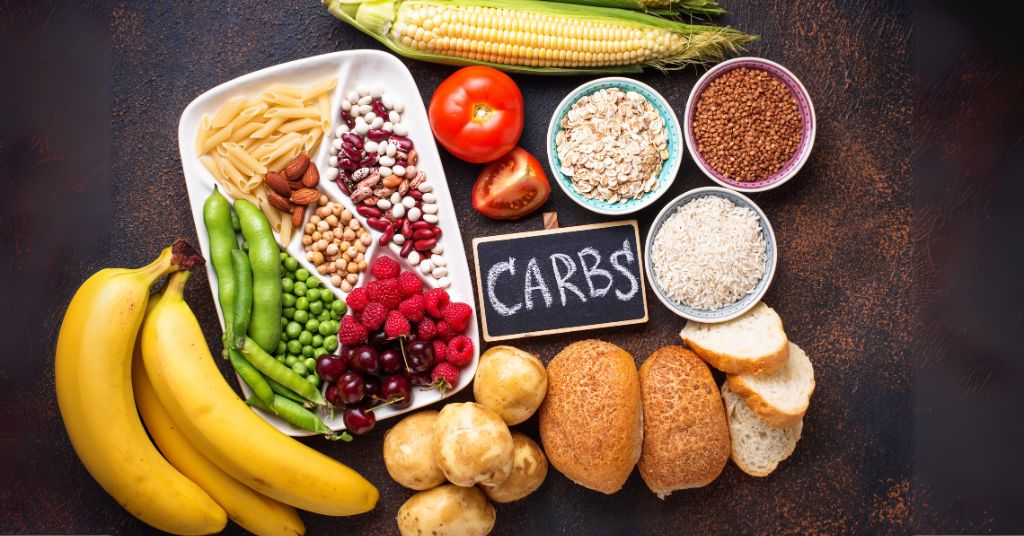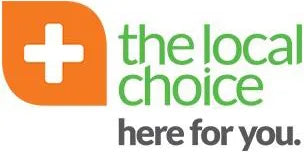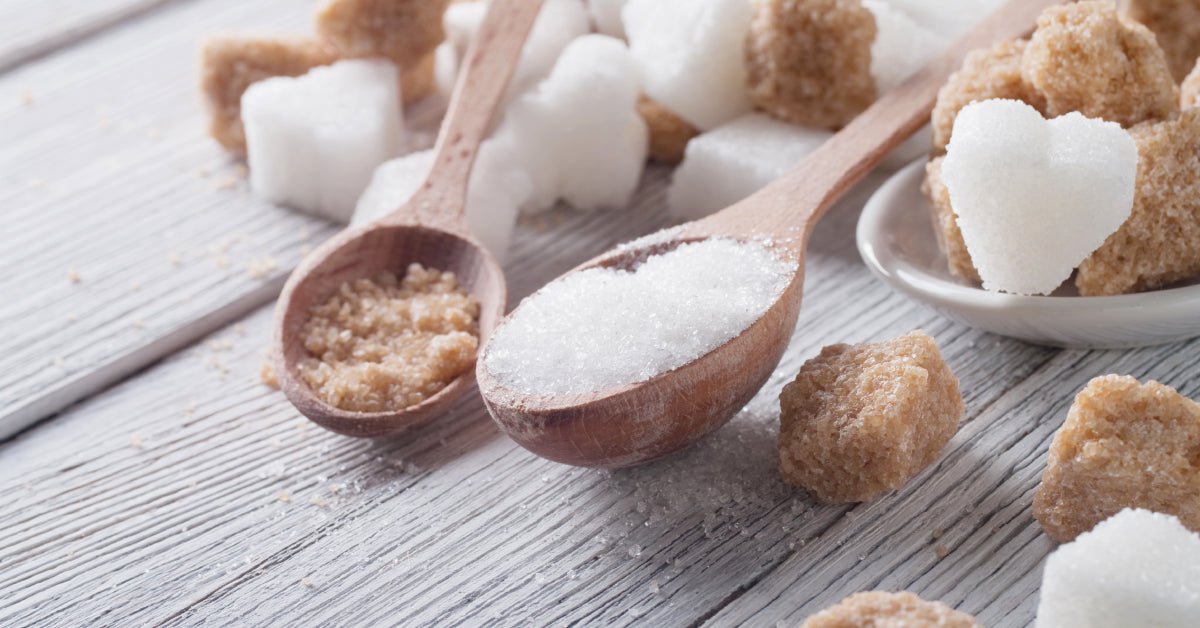
by Freda Coetzee
4 Tips to Reduce Sugar Intake for Better Blood Pressure
Various studies agree that a high sugar intake can have a negative effect on your blood pressure and cholesterol. But this is not something that is very commonly known. Whilst many people know that high blood pressure and cholesterol is dangerous, very few people understand the big role that sugar plays in worsening this problem. So we will be looking at tips to reduce sugar intake for better blood pressure. 4 Tips to reduce your sugar intake for better blood pressure: It can be easier said than done, but with the right advice and attitude you can control the amount of sugar you eat every day, and in doing so lower your high blood pressure. Here are four easy tips to help you watch your sugar intake: Beware of Hidden Sugar Something called high fructose corn sugar is often used in processed foods. The trick is it can even be in food that does not taste sweet. It is a corn-based sweetener used in anything from sugary soft drinks, to tomato sauce and crackers. Studies have been able to directly link an increase in high blood pressure due to the high sugar intake from eating too much high fructose corn syrup. Use Natural Sweeteners You don’t have to use refined sugar to sweeten your food; there are plenty of sweeteners straight from nature. You can use juices from grapes, pears, peaches, oranges, and other fruits to add sweetness and also flavor to the food that you make. You can also opt for things like dried apples, raisins, dates, and coconuts which can be used in many different dishes to add texture and sweetness whilst not severely increasing the sugar content. To season foods, especially desserts, use things like cloves, nutmeg, and cinnamon. If you are looking for a direct replacement for sugar, you get natural, healthy sweeteners like Stevia which offer a sweet taste with no actual sugar. Eat Less, More Often It is a common misconception that you should eat a big meal so that you can stay fuller for longer, but the truth is that this can have devastating negative effects on your blood sugar level as well as your blood pressure. It’s much better to eat more often – about 4 to 6 times a day – but eat smaller, healthy portions. It will help prevent you from getting cravings or becoming hungry between meals, which often cause you to overeat at your next meal. It is also best that you stay away from dessert and other sweet things as much as possible, but when you do have them, make sure that you control yourself and enjoy them within your limits. Go Slow On The Alcoholic Beverages Beer, wine, and liquor are actually very high in sugar. This is due to the alcohol content, which is basically just another form of sugar – even though it does not always taste sweet. Limit yourself to only drinking alcohol over the weekends, and even then make sure not to have more than one or two drinks.


